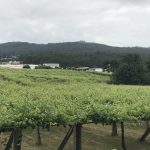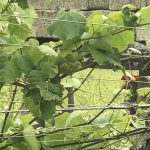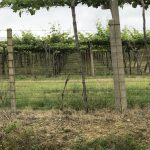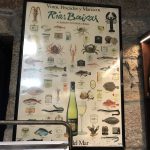After travelling in Spain over the last several years, with all of the region differences, dialects and customs, I like some consistency.
Albariño is one of those white wine varieties that I can order anywhere in Spain and the server will automatically pour me one of their best. It is almost always from the Rias Baixas region.
The sea air and the soft sandy soil are what the Albariño grape needs to soak in to become the juicy little bite of salt and fruit that is such a natural pairing with the praised shellfish from this area.
Until I had visited this region this week, I was, perhaps, a little overconfident on my knowledge of the grape varietal, its production and how to pair it with food.
My knowledge, it turns out, was based mostly on the classic style that is crisp, slightly salty, fruity, quite acidic and easy-drinking that is a perfect match for simple shellfish. That is all that we are sent in North America and what most bartenders will assume you are asking for when you order a glass.
Each of the wineries I visited on this trip had a minimum of 3 different styles for me to sample...
- the classic, crisp, “young” style
- the same vintage held on its lees for 6-12 months
- the same vintage held in French Oak for 6-12 months
...and many had older vintages of the same three styles.
The Albariño that has spent time on its lees softens the acidity slightly and is a great match with a seafood pasta or fish with a cream sauce.
The Albariño that has had a touch of oak in its final stage is even softer, rounder, a little more full-bodied and is a terrific pairing for that roast chicken dinner.
Ontario currently carries only the two styles not aged in oak and they are usually found in stock for ordering. I have been told from local winemakers here in Spain that they ship more of a variety - including those aged in oak - to Quebec and British Columbia.
Here are two great examples to sample this summer in Ontario...
Classic Style: Paco & Lola Albariño 2017
On Lees: Abacela Albariño 2017
When you are shopping outside of Ontario and want to try the wines that have had more contact with the lees, I suggest checking the labels on the bottle for the word “lías” which means “lees” in Spanish.
I would love to suggest a couple of recipes to pair with these Albariño wines, but honestly, the best pairings are simply grilled, sautéed or chilled shellfish with a little olive oil and maybe some garlic and salt.
And I have also been told that a crisp Albariño is a stellar match for a sushi platter.
Challenge accepted! 😉










